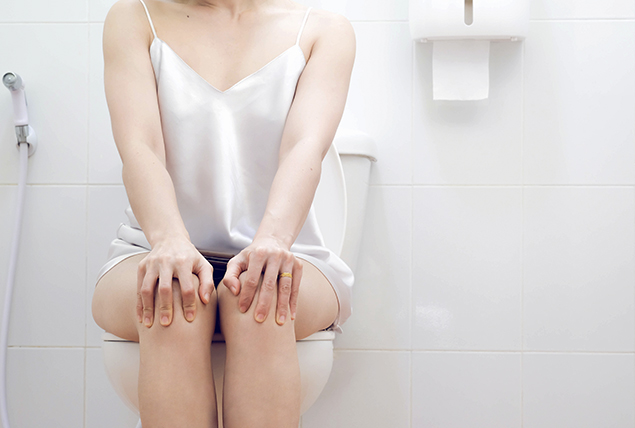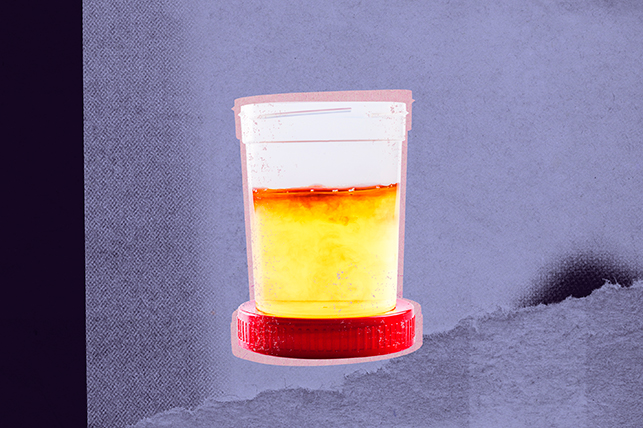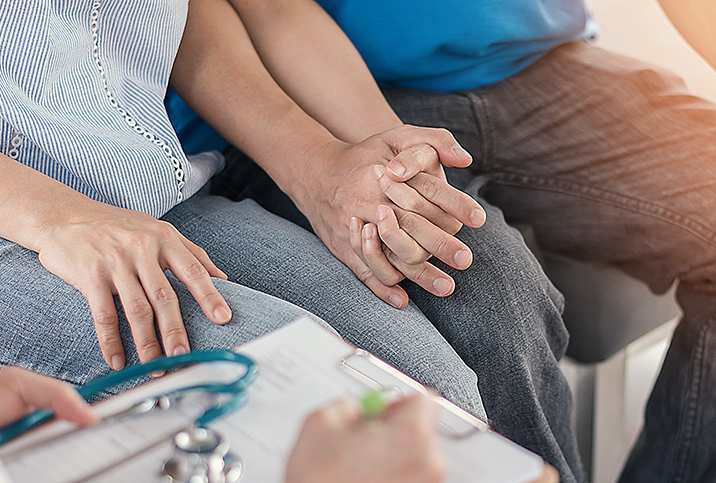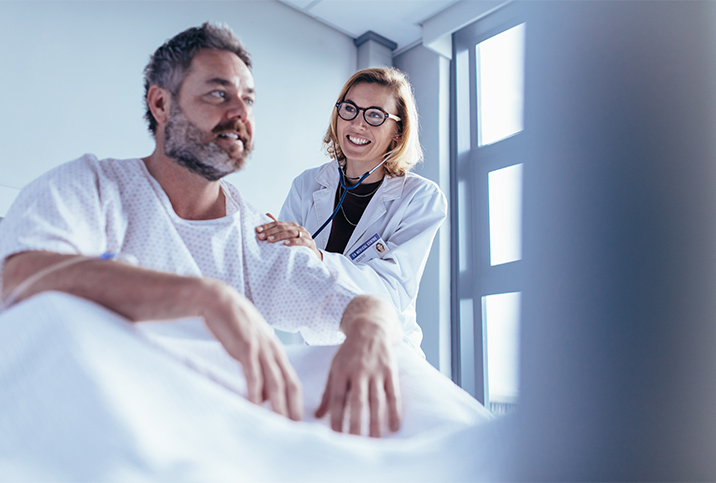Bladder Problems With Endometriosis: What You Need to Know

We often think of endometriosis (or endo) as a gynecological condition, but endometrium-like tissue can grow anywhere in the body, with potentially wide-ranging health effects. Endo can even affect the urinary system. Endometriosis lesions can grow on or near the bladder, resulting in a host of difficult urinary symptoms for many patients.
What is endometriosis?
Approximately 10 percent of women and girls of reproductive age globally have endometriosis, according to the World Health Organization (WHO). Endometriosis occurs when tissue similar to the lining of the uterus (endometrium) grows elsewhere in the body (called lesions or implants).
A definitive cause of endo isn't clear, nor is there a cure. This condition is characterized most typically by pain: painful periods, painful intercourse and chronic pelvic pain. Infertility is another common side effect, as are mood disorders, digestive problems, bowel symptoms and fatigue.
"Endometriotic cells are not cancerous but can truly behave as if they were and cause pain and inflammation by involving different organs," said Adeeti Gupta, M.D., founder and CEO of Walk In GYN Care in New York and Los Angeles.
How can endo affect the bladder?
Endometrium-like tissue can grow on the bladder and other parts of the urinary tract: the urethra, kidneys and ureter. The bladder and ureter are most commonly affected in urinary tract endometriosis (UTE). About 1 percent of patients with endo develop UTE, but of those, roughly 85 percent have endo on the bladder.
"Symptoms can include urinary frequency, urgency, bladder pressure, getting up at night to urinate, or the patient can be completely asymptomatic," said Iris Kerin Orbuch, M.D., director of Advanced Gynecologic Laparoscopy Center in Los Angeles and New York City, and co-author of "Beating Endo: How to Reclaim Your Life From Endometriosis."
These symptoms look like those of a UTI except that the urine cultures do not show infection and the symptoms persist despite antibiotics, Gupta said.
Research estimates up to 50 percent of patients with ureteral endometriosis have no symptoms.
How can urinary tract endometriosis be treated?
If endo shows up in the urinary system, patients likely have endo elsewhere in the body. But UTE can be difficult to diagnose, even when people do have symptoms. If a physician suspects UTE—likely based on the knowledge that the patient already has pelvic endo imaging—from a transvaginal ultrasound or magnetic resonance imaging (MRI) can confirm it. A tissue biopsy can also diagnose it.
For now, there's no cure for endometriosis. Treatment is all about alleviating symptoms and preventing the tissue from growing and damaging other parts of the body. In the case of UTE, protecting the kidneys is key.
Progesterone-based medications or progesterone-estrogen combos are one treatment option unless the patient wants to try to get pregnant.
"We need to suppress the flare-up of endometrial cells," Gupta said. "This can be done by medications such as birth control pills, progesterone or a full holistic approach targeted at arresting the inflammation in the pelvis and the entire body."
Surgery is also a typical treatment.
"The gold standard for endometriosis, whether it's on the bladder or anywhere on the body, is excision of endometriosis," Orbuch said. "That means that the endometriosis cells are removed. Excision is the cornerstone of treatment, not ablation of endometriosis, which is a very superficial burning."
Alternative treatment methods
Endo often affects the mind as well as the body, so it needs a holistic approach, Gupta said.
"Endometriosis can be debilitating and can sometimes lead to depression from the constant and severe pain," Gupta said. "There is help, but you need to get the right practitioner and the right support system. Surgery alone is not the answer."
Some people believe that complementary holistic practices can work with other therapies in tandem to help alleviate the pain and other symptoms related to endometriosis. These alternative treatments may include acupuncture, physical therapy, massage, herbal medications, dietary modifications and transcutaneous electrical nerve stimulation (TENS).
Anyone experiencing pelvic pain or urinary symptoms should see their doctor.
"Endometriosis is not just about the pain during periods or pain during sex," Gupta said. "It's an all-encompassing mind-body condition that can affect every single aspect of your existence. Hence, one approach alone is not the answer. It needs a complete 360 approach to help one live with endometriosis."
The bottom line
No one has to suffer from the symptoms of endometriosis in silence. If you experience pain in your pelvis during sex or menstruation, contact your doctor. Since endo may affect the bladder, it's important to speak with your doctor to discuss the right treatment options so you can find relief.


















